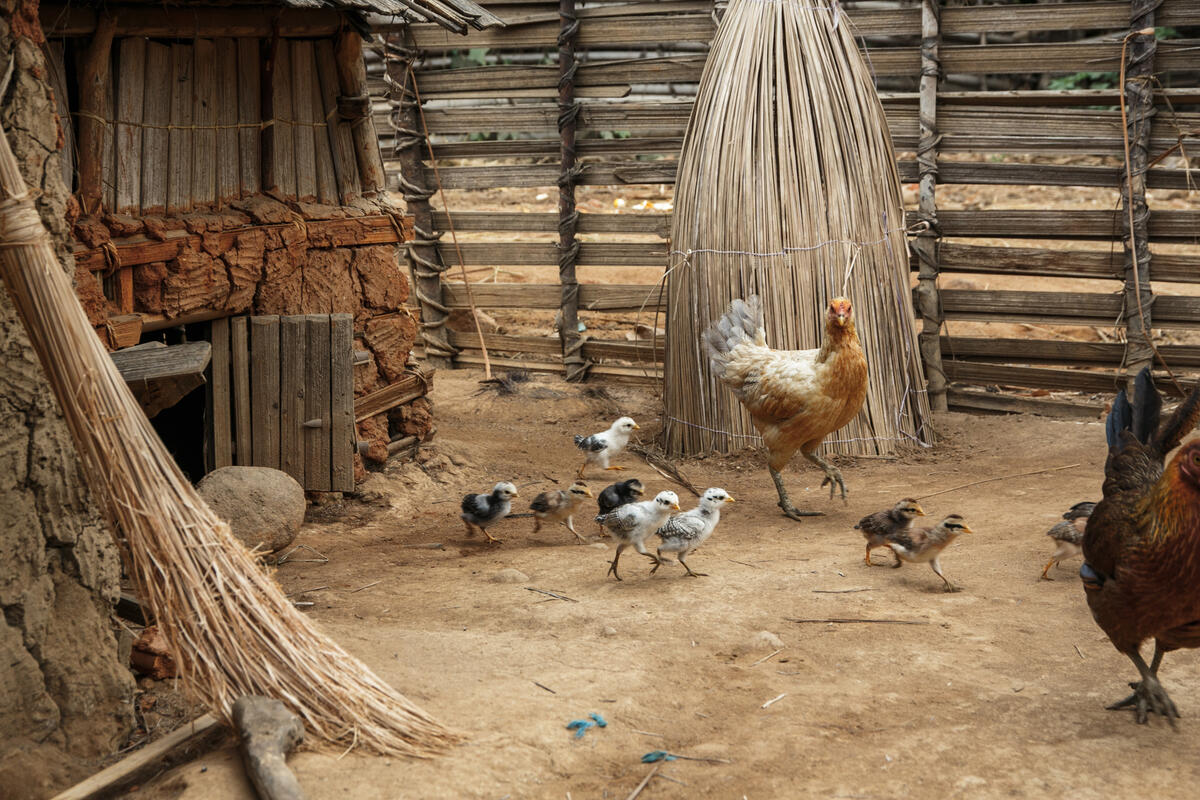
New Report: Central and Northern QLD Face Double Climate Threat
PARTS OF CENTRAL and northern QLD have been identified as some of the most vulnerable regions in Australia to climate change, a new report has found.
“Five Federal electorates including Leichhardt, Herbert, Kennedy, Dawson and Capricornia are facing a double climate threat, highly vulnerable to both flooding and tropical cyclones,” said Climate Council CEO, Amanda McKenzie.
“This is extremely costly and has catastrophic impacts on homes and businesses. The insurance costs of the February floods in Townsville hit $1.24 billion. It is likely that Queenslanders in high risk areas will increasingly find insurance premiums too expensive,” said Ms McKenzie.
“The vast majority of damages from extreme weather events in QLD come from the impacts of floods and cyclones and the costs of these events are going to fall on the shoulders of homeowners, governments and taxpayers,” she said.
Central and northern Queensland also rely on industries like agriculture and tourism, particularly around the Great Barrier Reef, which are threatened by climate change.
“We need to protect tourism and agriculture in QLD because those industries employ more than 200,000 people. That’s eight times the number of Queenslanders who are employed in coal mining,” said Ms McKenzie.
Key Findings:
Queensland is the most vulnerable state in Australia to climate change. It is highly exposed to extreme weather, and has borne 60% of the total economic costs of extreme weather in Australia in the decade from 2007 to 2016.
There will soon be almost 10,000 jobs in the renewable energy sector in QLD, which is more than any other state or territory.
In dozens of QLD suburbs and towns more than 50% of households now have solar.
There is enormous potential for QLD to benefit from a low carbon economy. Mt Isa, for example, has large deposits of minerals required in the production of electric batteries and solar panels.
“We are seeing more extreme weather right across the Sunshine State, putting lives, homes and industries at risk,” she said.
“Things are only going to snowball, unless more is done to tackle climate change and Australia’s rising greenhouse gas emissions,” said Ms Mckenzie.
“Despite the severe impacts, Queensland also has significant renewable energy resources that are being harnessed for our benefit,” said Douglas Shire Mayor Julia Leu.
“Twenty large-scale renewable projects were commissioned in Queensland in 2018 and 2019. On top of that, one-third of all Queensland households now have rooftop solar, the highest in the country,” said Ms Leu.
“FNQ is one of the most unique corners of Australia, so it is vital we use the little time we have left to protect it and make the most of our renewable advantage,” she said.







